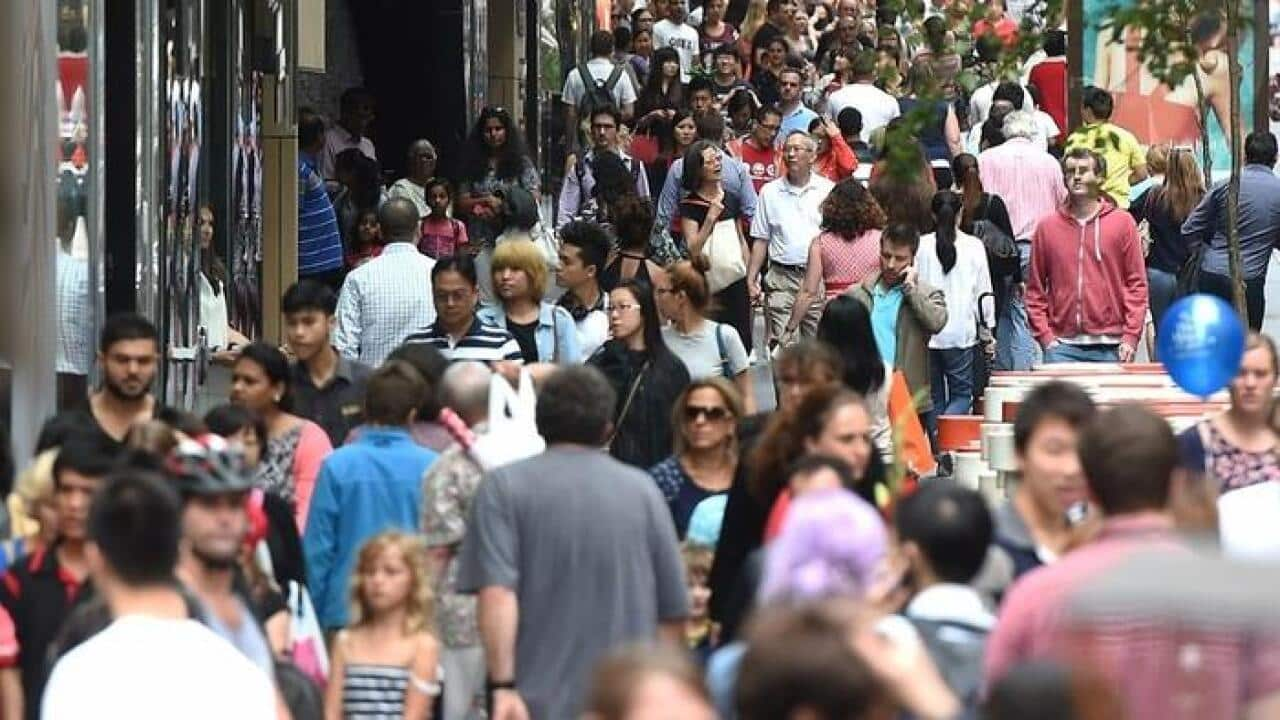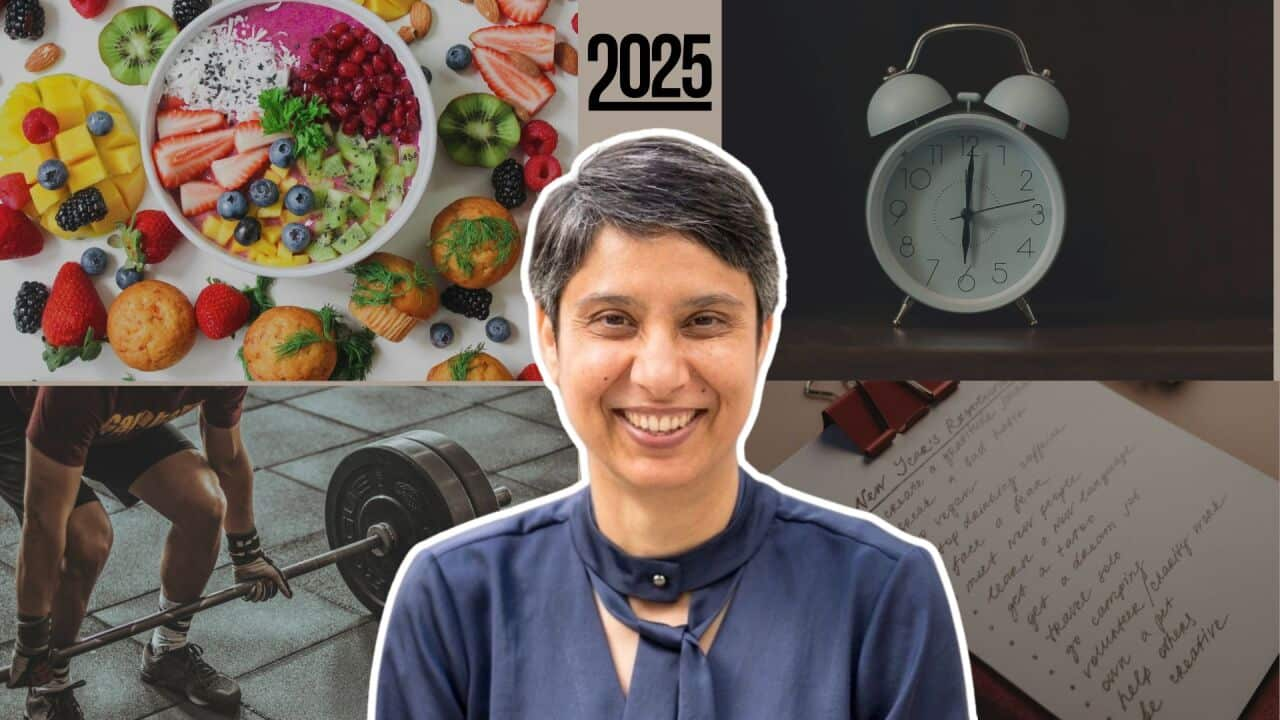As some of Australia's major cities continue to grapple with congestion and infrastructure woes, so, too, does the debate over the country's immigration policy. In a bid to better cater to each state's needs, the Morrison Government is reportedly considering modifying immigration policy to give the states a more active role.
The Australian newspaper reports the change has been discussed at senior levels of government. Prime Minister Scott Morrison has told Sky News such coordination has been tried previously but never successfully.
"In the past, where we've attempted to do this - and I've been critical of this in the past - it hasn't stuck. And the reason it hasn't stuck, I think, is because there hasn't been a good enough connection between what the states are doing with their settlement and population policies and what the Commonwealth is doing. So, this is, you know, a blinding piece of common sense," says Mr Morrison.
The Federal Government currently has an annual cap of 190,000 for skilled and family migration.
Under the reported plan, the states would be required to give the federal government their requests for the number of skilled migrants they want each year. They would also have to demonstrate whether they have sufficient infrastructure to handle the new residents.
But the Prime Minister says the Federal Government would retain ultimate control over the overall cap."The Commonwealth Government, the Australian Government, will always set our migration rates. We're not going to contract this out to the states. That's not what we're contemplating. What we're looking at is the states actually plan the roads, plan the hospitals, plan the schools. They're in the best position to actually make a judgement about what the carrying capacity is."
Mr Morrison says the cap on permanent migrants would still be demand-driven but must be based on each state and territory's carrying capacity.
But a former deputy secretary in the Department of Immigration, Abul Rizvi, says many skilled visas are already distributed on a state-by-state basis.
"The Immigration Department has negotiated what are known as state migration plans for over a decade. So, every year, the state government negotiates with the Immigration Department their take-up of these state-specific migration visas, and they agree on a plan for that year. I assume what's proposed is some sort of building on those plans," says Mr Rizvi.
Australia’s annual intake of permanent migrants fell to its lowest level in a decade this year, with 163,000 migrants granted visas. Mr Rizvi says, if the Government's concerns centre around congestion and a lack of infrastructure, the focus should be on total migration, not just those applying for permanent visas.
"That's what you've got to focus on, net overseas migration, because that's really the actual people arriving and departing. They're the people impacting on congestion, infrastructure demands, service delivery, those sorts of things."
Immigration analyst Jock Collins, from the University of Technology Sydney business school, says including states more closely in immigration decisions has succeeded in other parts of the world.
"The idea that the states should play some role is maybe radical in Australian terms, but certainly not in terms of global terms. For example, Canada. After many decades now, the provinces in Canada, their states, have decided what sort of immigration intake they want independently of the federal government, and that seems to have worked pretty well."
Professor Collins says making states the primary drivers in deciding where migrants are needed and who has sufficient infrastructure to support them makes sense. But he says executing such policy can be complex.
"If the states have more control, those who want and can take in more will probably get more, and that wouldn't be a bad thing. The critical thing, I guess, is how does that work? I mean, there's no internal passports in Australia, so the question is how you structure that."
Home Affairs Minister Peter Dutton says the changing nature of demand in each state means annual input would aid the federal government in knowing who needs what.
"The states, in some cases, change their views even over the course of a financial year as to whether there should be migration or not. And there's a different view in South Australia or Western Australia when it's in a boom time, when they are demanding workers because they can't get Australian workers to fill that job. Then it might be the case in Sydney or Melbourne or Brisbane there are different elements, and, again, the states should be included in that discussion."







